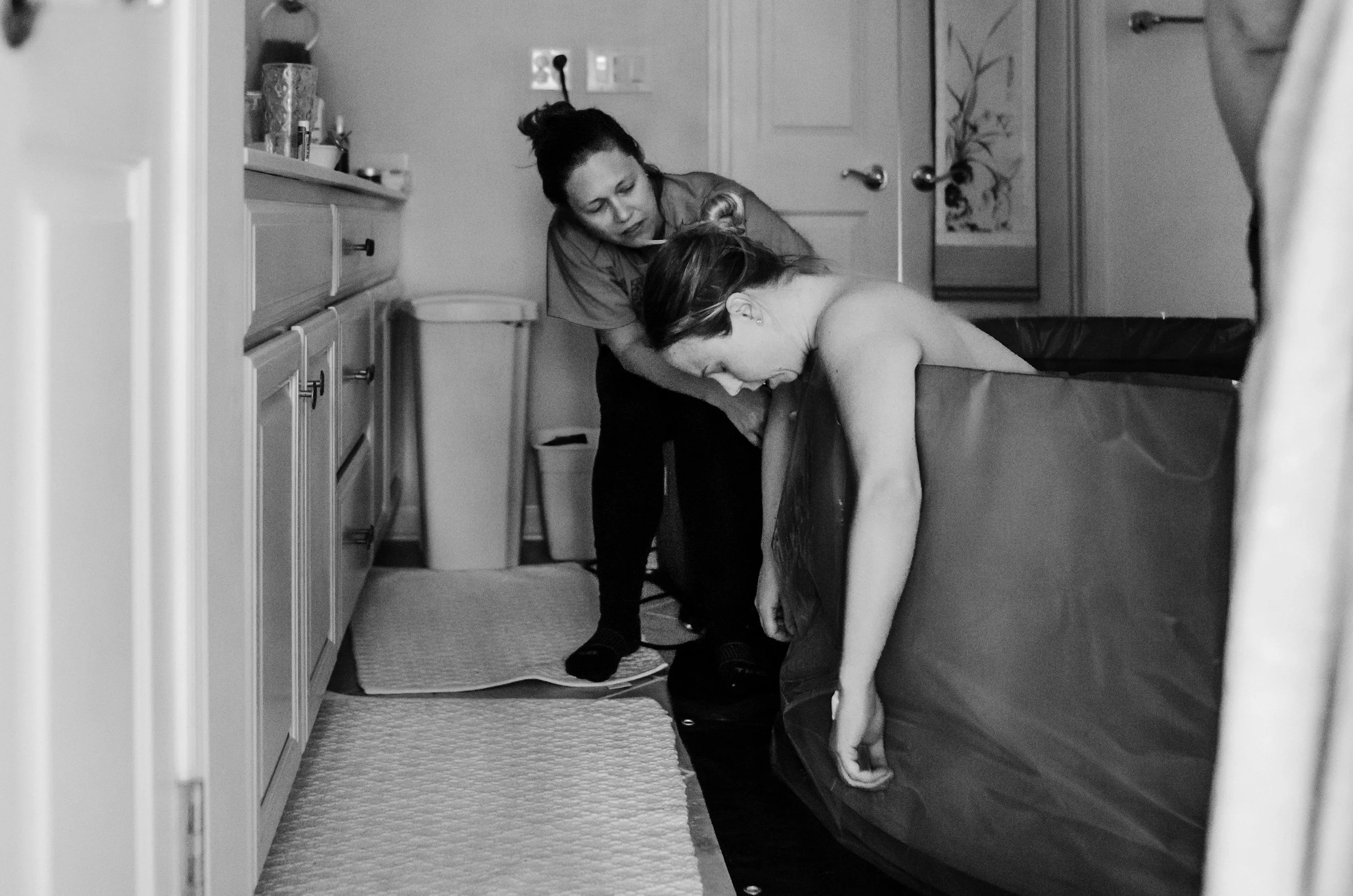Redefining Pain: Why Labor Isn’t Something to Fear
We often hear about birth in whispers and warnings.
“It’s the worst pain you’ll ever feel.”
“Just wait — it’s unbearable.”
“Are you ready for that pain?”
But what if we’ve misunderstood labor all along?
What if pain in birth isn’t a punishment or something to fear — but a purposeful, powerful process?
In this blog, I want to help us reframe the experience of labor pain. Because when we understand it, we can trust it. And when we trust it, we’re less afraid — and more connected to the incredible strength within our bodies.
Labor Is Not Suffering — It’s Work
The word “labor” literally means work. And just like climbing a mountain, running a marathon, or building something with our hands, birth takes effort, endurance, and intention.
But unlike injury or illness, labor pain has a purpose. It’s not a signal that something is wrong — it’s a sign that something is happening.
✨ The cervix is opening.
✨ The baby is moving down.
✨ The body is releasing hormones.
✨ The mind is shifting into something ancient and intuitive.
This is what we call productive pain — a kind of discomfort that’s leading you toward something, not away from it. It has rhythm. It comes and goes. And it brings your baby closer with each wave.
Your Body Was Made for This
Birth is not a medical emergency by default.
It’s a biological, physiological process that our bodies know how to do — often best when they’re left to move, breathe, and unfold at their own pace.
Your uterus — a muscle stronger than any other in the body — contracts with intention.
Your pelvis shifts and opens.
Your baby rotates, flexes, and makes their journey.
This is a co-creation between mother and baby, and the pain of labor plays a role in preparing both for what comes next.
Why Labor Pain Matters — For Mother and Baby
We often think of pain as something to eliminate. But in labor, pain can serve a functional and even protective purpose.
💛 For the mother:
Pain signals when to move, change positions, or ask for support.
It initiates a hormonal cascade — including oxytocin and endorphins — that helps labor progress and enhances bonding.
It helps the birthing person go inward, letting go of the outside world and turning toward instinct.
💛 For the baby:
The pressure of contractions and descent prepares the lungs for breathing.
Being squeezed through the birth canal helps clear fluids from the lungs.
The hormones shared between mother and baby help ease the transition from womb to world.
In short: labor pain is part of the design. It’s intense, yes — but it’s meaningful, manageable, and deeply rooted in biology.
What Helps Us Cope Is Not Fear — But Trust
The fear of pain often makes pain feel worse.
When we resist labor, tighten against it, or feel unsafe, adrenaline rises — and labor can become more difficult, more painful, and longer.
But when we’re surrounded by:
🌿 Safe people
🌿 A calm, familiar environment
🌿 Encouragement and emotional support
🌿 Tools like breath, movement, water, and sound
…we are better able to cope. We’re able to lean in, not run from, the sensations of birth.
Pain with a purpose is not trauma. It’s transformation.
And when we stop fearing it, we can walk through it with strength.
Redefining Pain = Reclaiming Power
Birth will challenge you. It will stretch you. It will take you to the edge and ask you to trust yourself in ways few other experiences will.
But it is not something to dread.
It is something to prepare for, respect, and embrace.
Pain in labor is not a sign of weakness or failure.
It’s the sign that you’re doing the most powerful work your body will ever do.
Let’s stop framing labor pain as something to fear — and start understanding it as the productive, powerful, and sacred process it truly is.
✨

